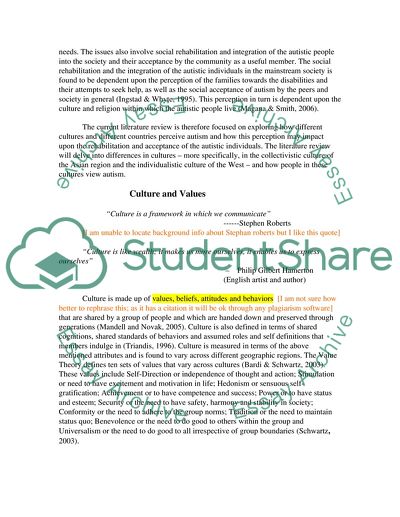Cite this document
(“Cultural Perceptions Toward Children With Autism Spectrum Disorders Case Study”, n.d.)
Cultural Perceptions Toward Children With Autism Spectrum Disorders Case Study. Retrieved from https://studentshare.org/sociology/1731154-cultural-perceptions-toward-autism
Cultural Perceptions Toward Children With Autism Spectrum Disorders Case Study. Retrieved from https://studentshare.org/sociology/1731154-cultural-perceptions-toward-autism
(Cultural Perceptions Toward Children With Autism Spectrum Disorders Case Study)
Cultural Perceptions Toward Children With Autism Spectrum Disorders Case Study. https://studentshare.org/sociology/1731154-cultural-perceptions-toward-autism.
Cultural Perceptions Toward Children With Autism Spectrum Disorders Case Study. https://studentshare.org/sociology/1731154-cultural-perceptions-toward-autism.
“Cultural Perceptions Toward Children With Autism Spectrum Disorders Case Study”, n.d. https://studentshare.org/sociology/1731154-cultural-perceptions-toward-autism.


